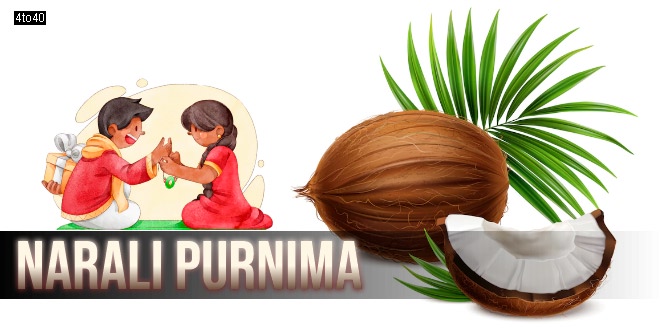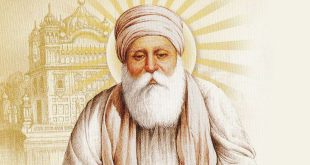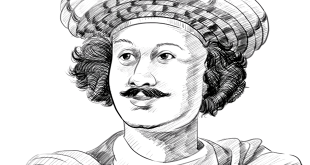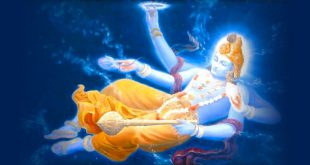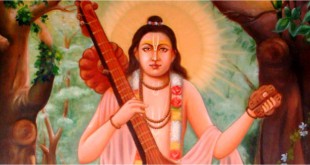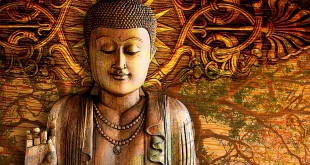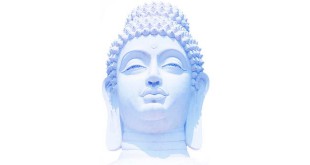Narali Purnima: The Hindu festival of Narali Purnima or the Coconut festival is celebrated with great fervor and in a jubilant manner by the fishermen and the fishing community in Maharashtra on the full moon day of Shravan. Shravan is one out of the four most auspicious months in the Hindu calendar. Thus, a full moon day or the Purnima in this month is regarded as even more sacred.
Narali Purnima is celebrated by Hindus in Daman and Diu on the west coast of India and in the coastal region of Maharashtra like Thane, Ratnagiri, Konkan etc.
The word Naral means coconut and coconut is offered to the sea on the full moon day, hence the name Narali Purnima. Other names for the festival include Shravani Purnima, Raksha Bandhan and Rakhi Purnima.
वर्सोवा कोळीवाडा नारळी पौर्णिमा उत्सव
Narali Purnima Date:
| Year | Date |
|---|---|
| 2024 | Monday, 19th of August |
| 2025 | Saturday, 9th of August |
| 2026 | Friday, 28th of August |
| 2027 | Tuesday, 17th of August |
| 2028 | Saturday, 5th of August |
| 2029 | Friday, 24th of August |
Significance: Narali Purnima
It marks the end of the monsoon season in Maharashtra. It falls on the full moon day of the Hindu calendar month of Shravan. During this festival, people offer coconuts to the sea. The festival marks the beginning of the fishing and the water-trade amongst the fisher folk. Thus, the fishermen offer prayers and worship the sea-God, Varuna, for a smooth journey out in the waters. Dancing and singing are an integral part of this festival. The traditional food includes sweet coconut rice which is savored with curry.
The reason for the celebration of the festival is very specific to the fisher folk. The period before the full moon day or the Purnima of Shravan is regarded as the mating season for the fish. Thus during this period, the fishermen withhold their fishing activity so as not to disrupt the process of reproduction by killing the fish.
आई तुझ देउल | Ekvira Song Official
Thus, during this period no fishing takes place and no fish is consumed by the people in the community. This abstinence from eating fish comes to an end on the day of the Narali Purnima when a coconut is thrown into the sea at high tide of the day. The reason for this is during high tide, the sea is in heavy motion and very intense. This, the offering of the coconut is a gesture to calm its fury.
The reason for offering no other fruit but the coconut is because coconut has long been regarded as an auspicious offering Gods in all Hindu festivals. This is because every part of the tree – leaves, bark, coconut itself is extremely useful to man. Thus, this offering of coconut is believed to appease the Sea god for a safe journey ahead in the waters.
Another reason for this is because the nut of the coconut appears to have three eyes and is associated with Lord Shiva who also has three eyes. So, traditionally breaking of a coconut is regarded as auspicious before the beginning of any new venture, in this case, the beginning of the fishing and water-trade season.
It is also believed that after this day the strength of the wind and the direction of the same changes in favor of fishing.
Narli Punav 2 | Team Kshitij
Rituals:
Just a few days before the festival, fishermen repair their old fishing nets, paint their old boats or plug any holes that are leaking in their boats and ships. New boats are purchased or fishing nets are made. Colorful buntings or flower garlands are placed on the boats for decoration.
On the day of the festival, the traditional food which involves coconut is prepared like naraali bhaat or coconut rice, narlachi karanjis which is sweet coconut stuffed bread, etc.
Just prior to the offering of the coconut to the sea, fishermen and their women wear their traditional attire with the men wearing a lungi and a cap on their heads and women wearing a saree in the Nav vari Maharastrian style. They also adorn themselves with traditional gold jewellery particularly the nose ring or the nathni. Men are also known to wear armlets, bangles and earrings. They sing traditional songs like san aaila go narali punvecha… which is most popular on this occasion.
सण आयलाय गो नारळी पुनवेचा
They also perform the traditional dance, popularly called the koli dance. The dance movements and actions revolve around showings the waves, the casing of nets, the breakers moving from one cliff to the other thus depicting their daily life in a creative way.
After this celebration, they throw the coconut far into the sea. They worship the Sea god Varuna asking the God for its protection and blessings for a prosperous fishing season ahead. The sea is holy to the fisher men as it is a means for their survival. They also offer pooja to the boats. Little oil lamps are lit up and set afloat amidst the waves and carried in the boats. Pieces of Coconut and coconut water are distributed as ‘prasad’ to the members of the community.
The Versova Koliwada in Mumbai has its own unique style of celebrating the festival. The kolis come together for a traditional procession in the evening at around 5 or 6 pm. The traditionally dressed men and women carry coconuts with them to be offered to the sea. They also offer a Golden colored coconut or Sonyacha Naaral to the sea.
Narali Purnima is one of the most important festivals for the Koli community and it is celebrated with a lot of joy and happiness. It is social as well as an occupational festival and has been celebrated since time immemorial amongst the fisher folk in the country. Though there may be regional variations in the celebrations, the significance, sentiment and the rituals are by and large the same.
 Kids Portal For Parents India Kids Network
Kids Portal For Parents India Kids Network
